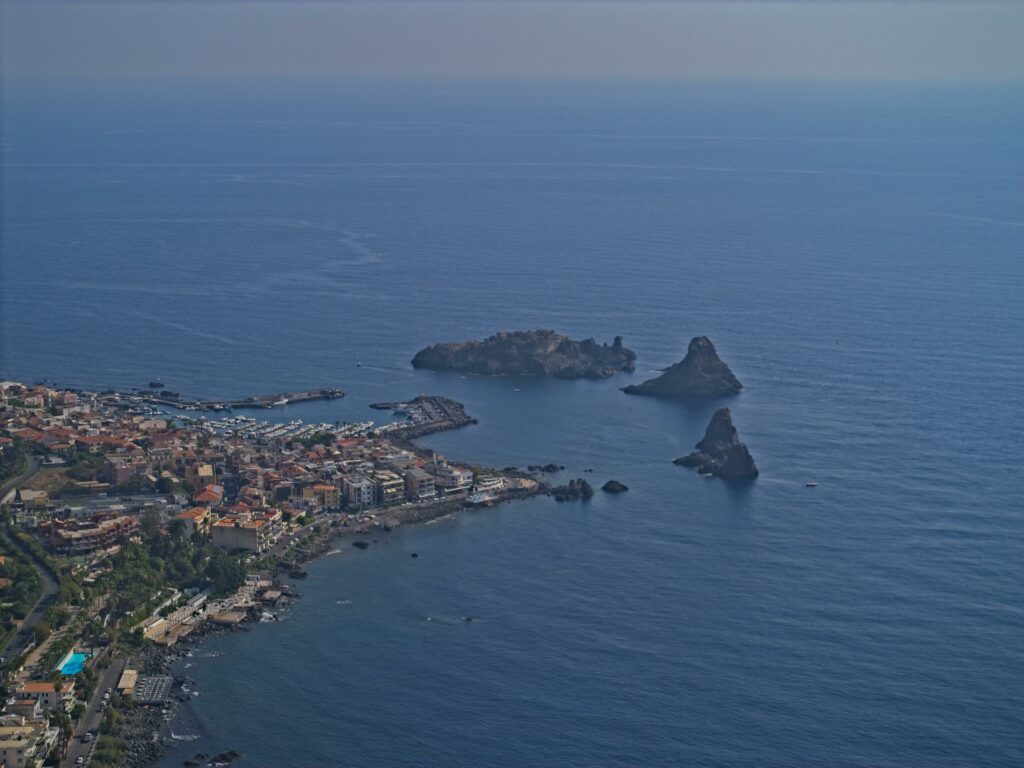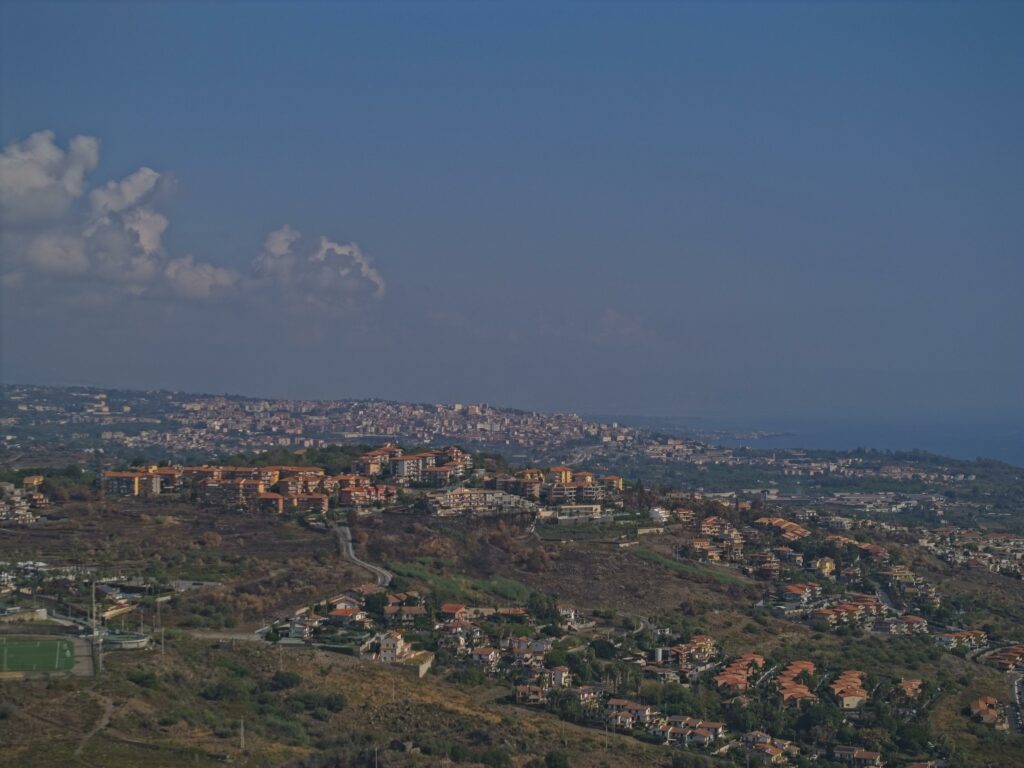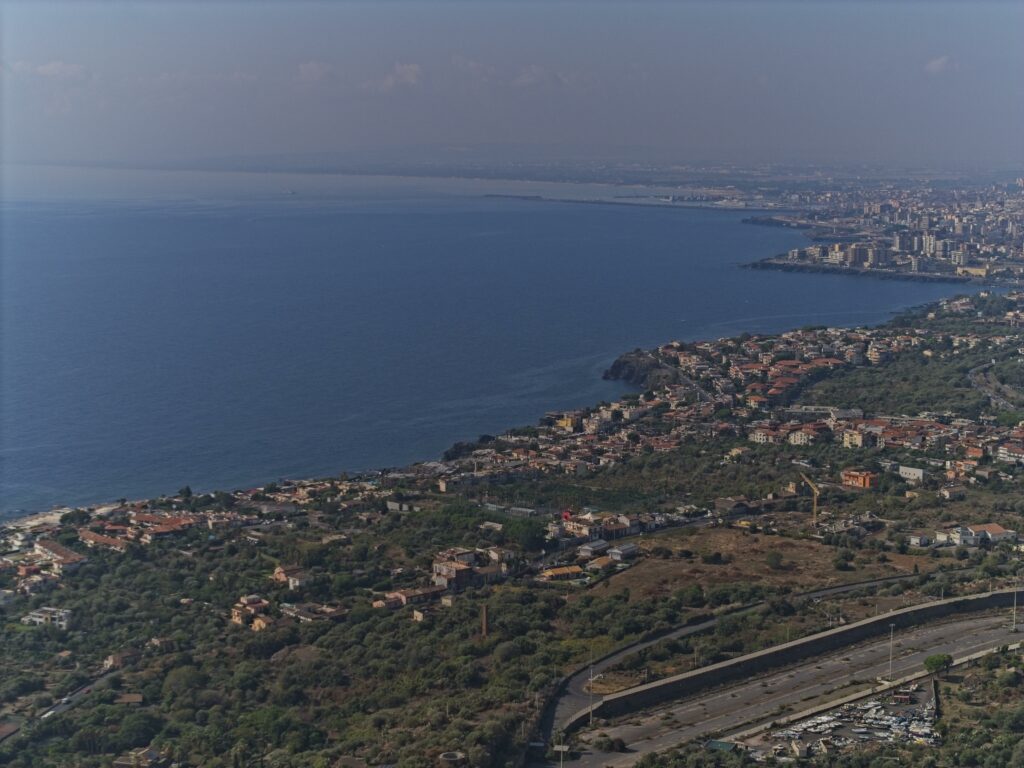The main selling point of the DJI Air 3 is the dual lens system, with a 70mm moderate telephoto lens besides the traditional 24mm. This lens performs well in video and photos with good contrast, detail, and rich colors. It is compatible with most intelligent modes and functionalities of this model
When I started using drones about ten years ago, what I missed the most was the possibility of swapping lenses of different focal lengths, like in DSLR cameras
The first model of DJI prosumer drone supplied with a double focal lens was the Mavic 2 Zoom, which I used a lot at the time
Then came the Mavic 3, at first with a second lens of a whopping 7x zoom factor and then with a three-lens system
I have written several articles about the Air 3:
- Photography with the Air 3
- Air 3 video review
- Camera settings of the Air 3 for photography
- Air 3 vs Mini 3 Pro for photography
- Air 3 vs Mini 3 Pro video quality
- Air 3: How to make Mastershots
- RC 2 remote controller
If you prefer to watch this as a video, you will find my YouTube version at the end of this article
Specs
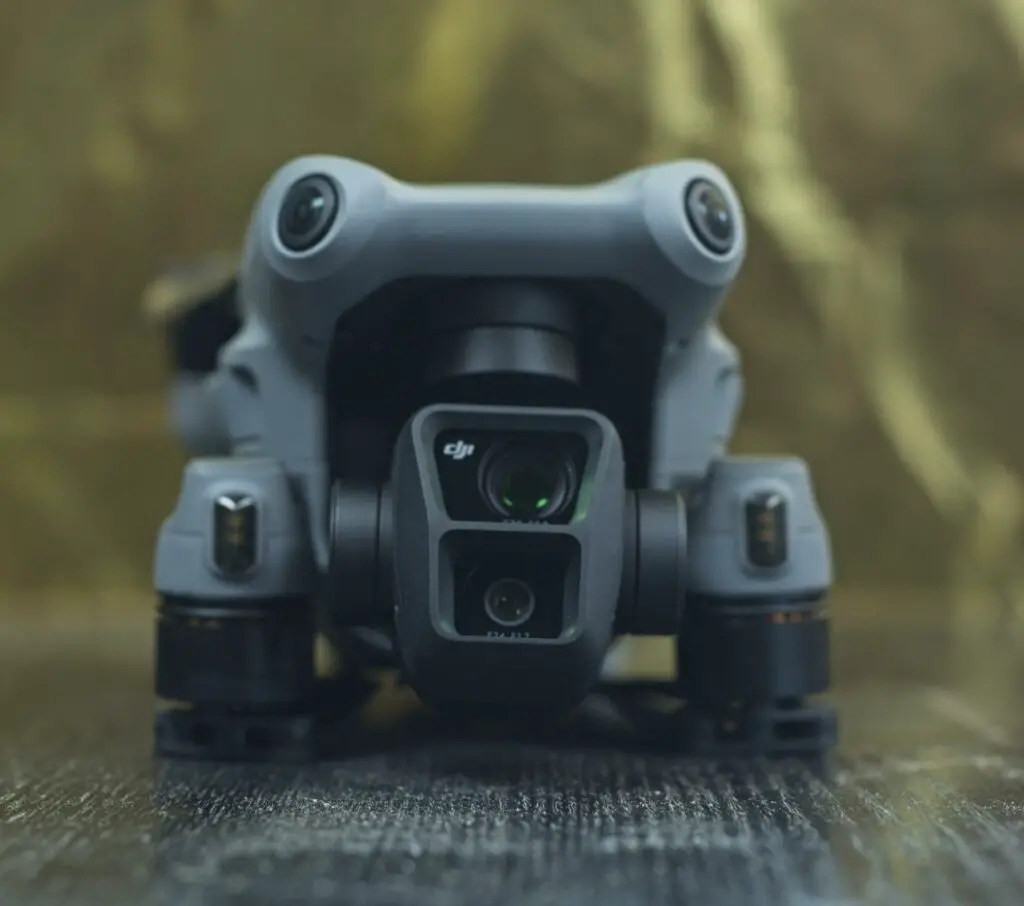
| Wide-angle | Telephoto | |
| Focal length | 24mm | 70mm |
| Sensor size | 1/1.3″ | 1/1.3″ |
| Aperture | f1.7 | f2.8 |
| Photo resolution | 12 MP | 12 MP |
The two lenses of the Air 3 are a 24mm wide angle with a 1/1.3” sensor, a wide aperture of f1.7 and a photo resolution of 12MP, and a 70mm moderate telephoto lens with the same specs, but with an aperture of f2.8
Video Quality
Consistency of Footage with the Two Lenses
When the first iteration of the Mavic 3 was released, the quality of the telephoto lens was inferior to the one of the wide angle one, making it hard to integrate video and photos taken with the two lenses in the same project, even though it has constantly improved since
With the Air 3 DJI has immediately taken in the right direction
Let’s start with the video side, I will analyze the photos later on in this video
The footage of the same scene taken with the two lenses is very consistent
With the telephoto lens, the clips are slightly darker, which is understandable, due to the difference in aperture
The footage is excellent, maybe with a touch of extra contrast and detail compared to the wide-angle one
The white balance is almost identical and the clips produced by the two lenses can be perfectly integrated into the same project
The dual-lens system is a big winner, in a few minutes I can produce a much wider variety of shots by alternating the two lenses on the same scene
Color Profiles
The 70mm lens is compatible with the three different color modes of the Air 3
Normal is the 8-bit mode meant to be used with little color grading, or none at all. It performs well out of the camera but it can be improved with a touch of extra contrast and resolution
D Log works perfectly fine, the result is very similar to the one obtained with the wide angle, the same LUTs can be used with the two lenses for color grading
HLG is an excellent alternative, it is probably the one that gives the best results to my taste, but it still needs a bit of work
Functionalities
The telephoto lens is compatible with all the different intelligent modes of the Air 3: Spotlight, Active Track, Point of Interest, Waypoints, Cruise Control, MasterShots, Quickshots, and even Hyperlapses
This is excellent for quickly gathering engaging footage
With the longer focal length, any slightly abrupt move is magnified in the resulting footage, so it is suggested to use intelligent modes whenever possible
It is also valuable for tracking when we cannot get very close to the target
The Mavic 3 Pro is supplied with three lenses with focal lengths of 24, 70, and 166mm
Even though the extra-long telephoto is occasionally useful for dramatic parallax effects, for close-up footage of people, and for tracking from long distances, the choice of the 70mm moderate telephoto as the second lens for the Air 3 is wise, as this is the most versatile focal length and can still provide some interesting parallax effect
Photography
JPEG Files
For photography with all other drones, I only used RAW files
But with the Air 3, I have decided to also take into account the JPEG ones for two reasons:
- Many users have asked me in my YouTube channels to analyze the quality of the JPEG files as they use them for publishing on social media with little editing
- The processing of the JPEG files in the Air 3 is excellent, a leap forward compared to the Mini 3 Pro and other previous DJI models
When watching JPEG files taken with the telephoto lens compared to others taken with the wide-angle, we can appreciate how similar they are and how well they integrate into the same project
With both lenses the quality is outstanding and they can be used as they come out of the camera, although a touch of extra contrast and saturation can be at times beneficial
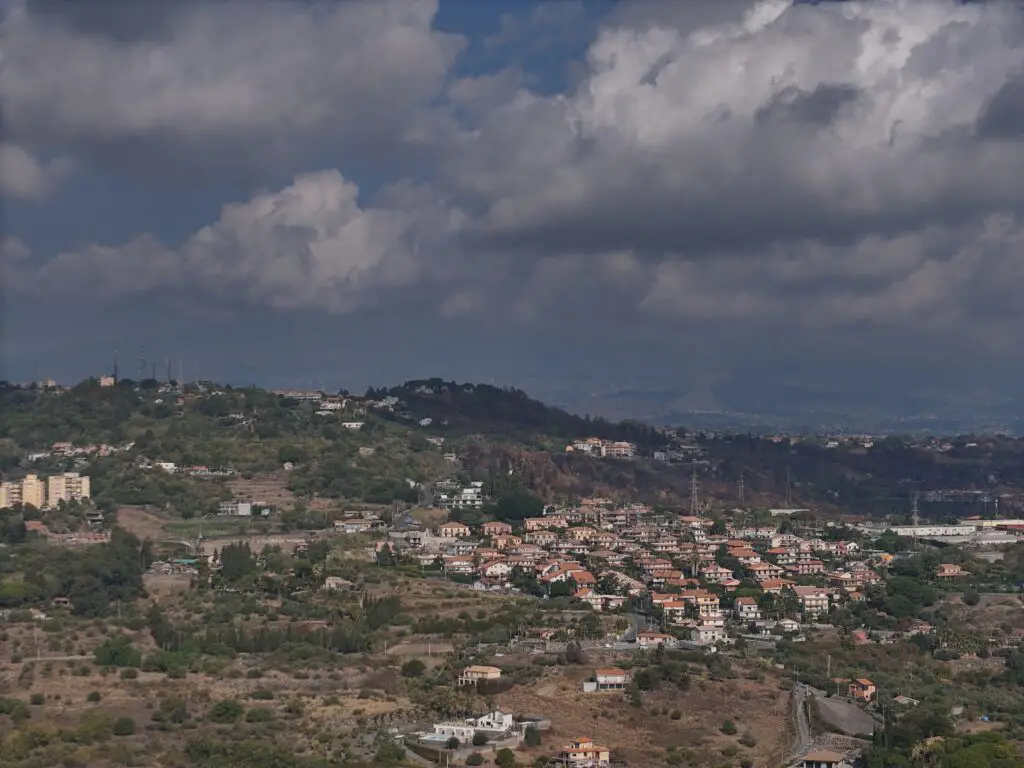
Images taken with the 70mm lens have a touch of extra contrast and detail, but it is hardly noticeable
RAW Files
And now a look at the RAW files
The telephoto lens shows excellent detail and contrast, nice colors, and a good structure of the sky
Watching side-by-side the images made with the two lenses, we can see that they are very similar and can be used in the same project
The ones made with the wide angle have at times a slight magenta cast in the middle of the frame
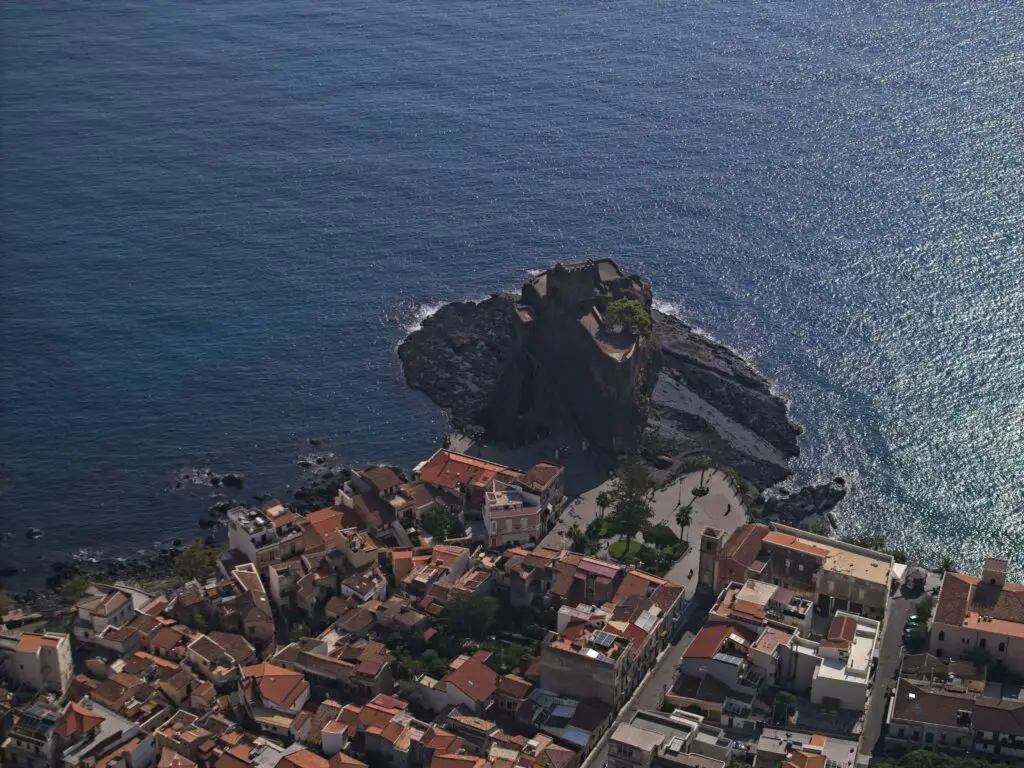
I have a slight preference for the ones made with the telephoto, and again I appreciate the different perspective and the wider choice offered by the dual-lens system
Other Photo Functionalities
The only functionality not available with the telephoto lens is panorama photography, but it is still possible to make them manually using a photo editing program for engaging results and huge resolution
I explain how to make a manual panorama with the Air 3 in this article
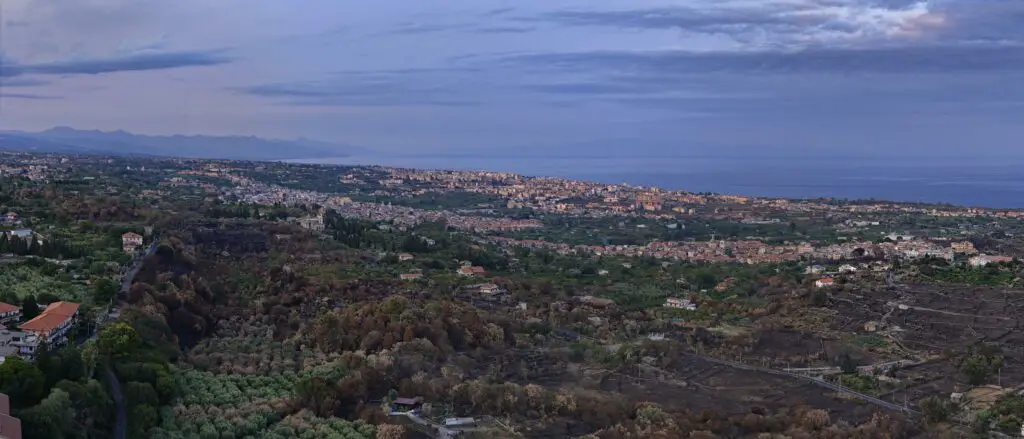
The telephoto lens is compatible with the hyperlapse mode. I find this very interesting, as I am addicted to this technique
I have not yet received the ND filters that are crucial, so I will soon do an article about it
More Photos That You Can Download
